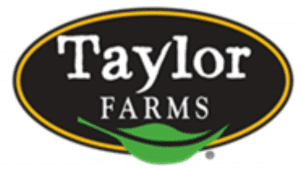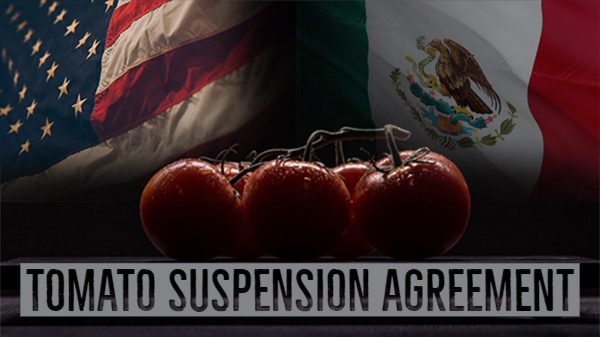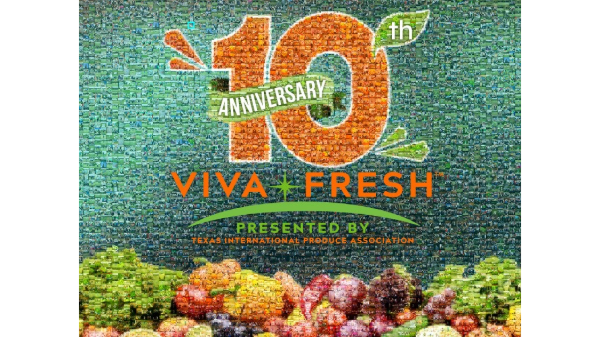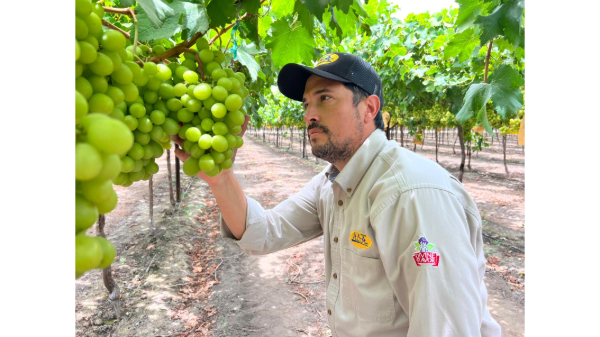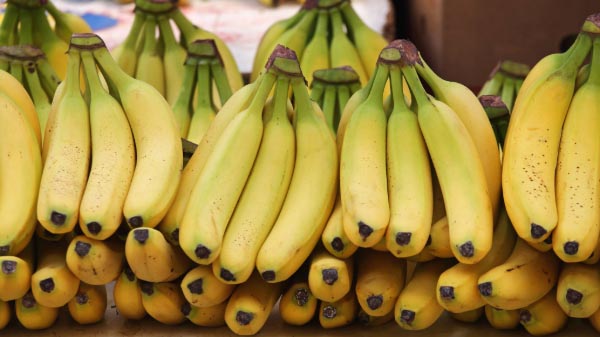Welcome to Blue Book!
Are you ready to join the thousands of companies who rely on Blue Book to drive smarter decisions? View our plans and get started today!
Still have questions? We’d love to show you what Blue Book can do for you. Drop us a line– we’ve been waiting for you.
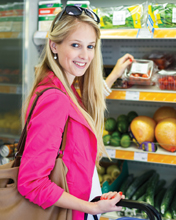
Busy lifestyles, tight budgets, and household size have led consumers to demand more efficient ways to get their daily servings of fruits and vegetables. The fresh-cut industry is more than happy to comply, offering a broad array of value-added selections.
Restaurants and schools also source from foodservice partners in both fresh-cut and bulk form. This demand has also led to a surge of packaging options, forcing the perishables supply chain to rethink the best way to provide high-quality, fresh products in convenient, eco-friendly packaging.
Healthy, Convenient & Green
According to a 2011 Produce Marketing Association (PMA) survey, most U.S. consumers buy fresh produce at least once a week. Bagged lettuce remains a top seller, yet nearly two-thirds said they bought other pre-cut items as well—giving fresh-cut processors a golden opportunity to provide a broad range of healthier food items in easy-to-use packaging for both commercial and noncommercial venues.
While fresh-cut options offer convenience, deterrents still include higher prices relative to bulk produce, concerns over additives and preservatives to ensure freshness, and the inability to hand-select commodities. There are a number of innovations worth exploring to make products more favored and marketable.
Packaging can certainly affect purchasing decisions; innovations in size, shape, and weight have made a difference in how sellers pack and ship their products. Though rigid and flexible plastics, corrugated cardboard, and paper packaging have been around for years, advances in sizing, thickness, closures and resealable films, and ease of labeling or printable design have helped keep them popular with both shippers and shoppers.
Sensors and pads as well as commodity treatments and coatings for extending shelf life have enabled more highly perishable items to be included in fresh-cut and value-added products.
But it is not just the container that can drive sales, but the labeling or printed design as well. According to Stephen Noll, vice president of sales and marketing at State Garden Inc., a processing and fresh-cut supplier in Chelsea, MA, it is always important to include pertinent health benefits on a product’s packaging.
Tech-Savvy
Jason Hollinger, general manager of Four Seasons Produce Inc. in Ephrata, PA says the recent addition of flow wrap for vegetables, including tomatoes, peppers, cucumbers, and asparagus has created a “fresher, more professional appearance.” Hollinger says the company was also one of the first to use biodegradable trays: “There used to be only one or two innovative companies that provided these fiber-based trays, but now they are much more readily available.”



